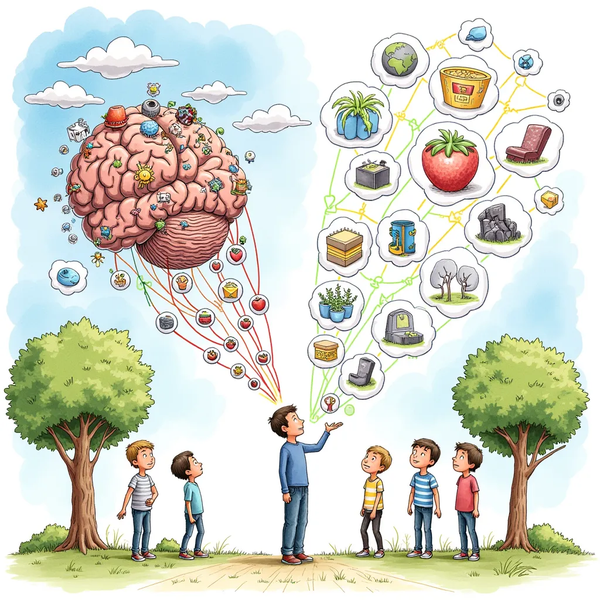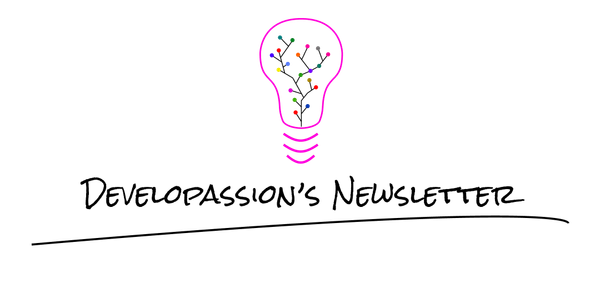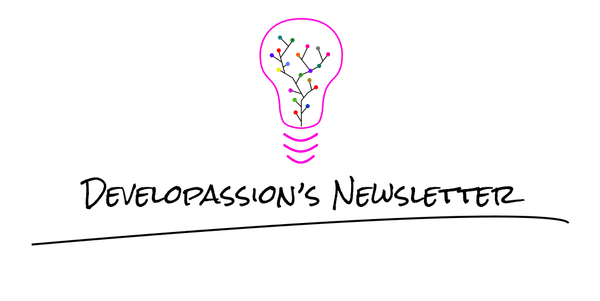Organize Anything With The PARA Method
Discover how the PARA method transforms digital chaos into structured clarity, revolutionizing your productivity and knowledge management.
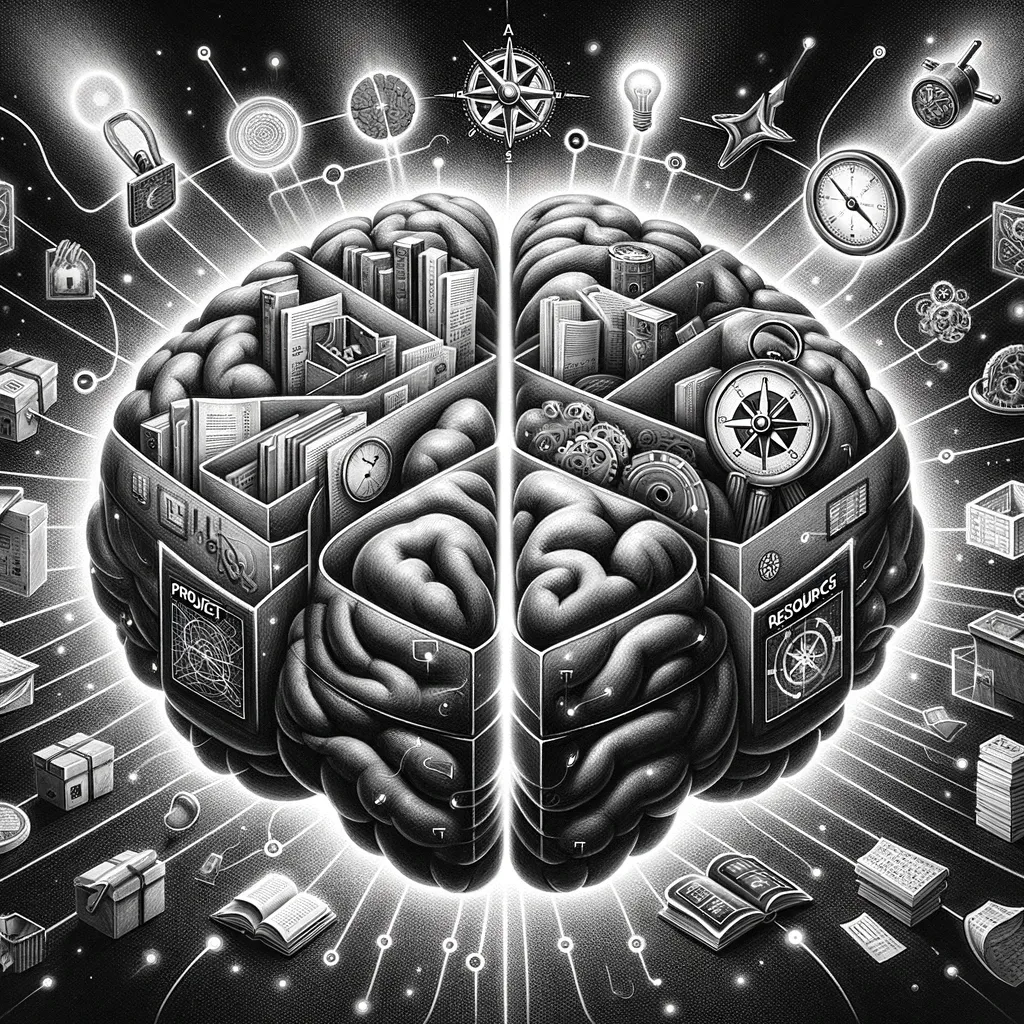
In this article, I will introduce the PARA method for organizing digital information.
Note that this content is part of my Obsidian Starter Kit and also part of the Knowledge Worker Kit. I also explain this method as part of the Obsidian Starter Course and the Knowledge Management for Beginners Course.
What is the PARA Method?
The P.A.R.A method has been introduced and popularized by Tiago Forte. It is a system to organize information. It is one of the main methods that I recommend.
PARA is an acronym that stands for:
- Projects
- Areas
- Resources
- Archives
The PARA method recommends organizing most of your information within these four containers. You can create these everywhere:
- In your note-taking tool (this is what the Obsidian Starter Kit does!)
- In Notion
- In Atlassian Confluence and other Wiki systems
- In Google Drive
- In Microsoft OneDrive
- In your local file system
- In your mailbox
- In your bookmarks
- At work
- ...
One of the key characteristics of the PARA method is that it pushes you to organize your information based on your projects and goals, rather than based on abstract topics/categories. This makes sense because, as adults, most of our efforts are tied to goals we’re trying to achieve.
What goes in the "Projects" PARA folder
In the Projects folder, you can store the information related to your ongoing projects. By definition, projects are actionable.
For instance, here’s what my projects folder currently looks like in Google Drive:

Once a project has been completed (or abandoned), you can either delete it entirely (not recommended!) or move it to the Archives folder. I recommend the latter, as there might be interesting ideas and content to retrieve/reuse later on.
What goes in the "Resources" PARA folder
Resources are reference material, inspiration, research, and "utilities".
The Resources folder can be used to store all kinds of resources: screenshots, PDF files, images, templates, scripts, programs, etc. I tend to use it to store generic data that I can’t logically fit in one of the other folders.
For instance, in the context of my Personal Knowledge Management System (PKM), I store the following resources inside Obsidian:
- Screenshots that I include in my notes
- Templates that I use to quickly create certain types of notes
- Diagrams and other visualizations that I create
- Scripts that I use to automate certain tasks
- PDF files and images I find interesting/inspiring and want to explore
- ...
Resources can be transient or persistent. Some are here to stay, while others will be deleted once "consumed".
What goes in the "Areas" PARA folder
The Areas folder is for your interests, your passions, different roles you play in your personal or professional life, etc. In summary, areas are “topics” you are invested in, responsible for, or curious about.
For instance, I consider the following to be areas (for myself!):
- Writing articles and books
- Reading articles and books
- Meta-learning
- Personal Knowledge Management
- Software Development
- Product Development
- Productivity
- Psychology
- Philosophy
- Cognitive Sciences
- Health
- Finances
- Personal Development
- Professional Development
- Business
- Education
- Parenting
- ...
What goes in the “Archives” PARA folder
The Archives folder is a generic container for archived information. In general, I recommend creating an “Archives” folder within each specific area, in addition to one at the root level of the content structure. This is what I mean:
- _Archives
- Areas
- …
- Personal Development
- _Archives
- …
- Projects
- _Archives
- Ongoing project A
- Ongoing project B
- Resources
- _Archives
- …
This helps keeping your archives organized. If you have a single “Archives” folder at the very top, then over time it will become really messy.
What is the difference between Projects and Areas with PARA
The difference between Projects and Areas is that projects have goals that need to be achieved in a specific period of time. Areas, on the contrary, are not limited in time.
Areas evolve together with you. Your tastes change. Your roles change. Some things come and go as we move through life. Some areas will be there forever. Others will stay for a while and will later be abandoned.
Projects could often be placed under a specific area, but it makes sense to regroup all of those together. It makes it much easier to see which projects you have going on and to quickly find the one you need.
What is the difference between Areas and Resources with PARA
Compared to Areas, Resources are less actionable. Resources are reference material, inspiration, research, and "utilities".
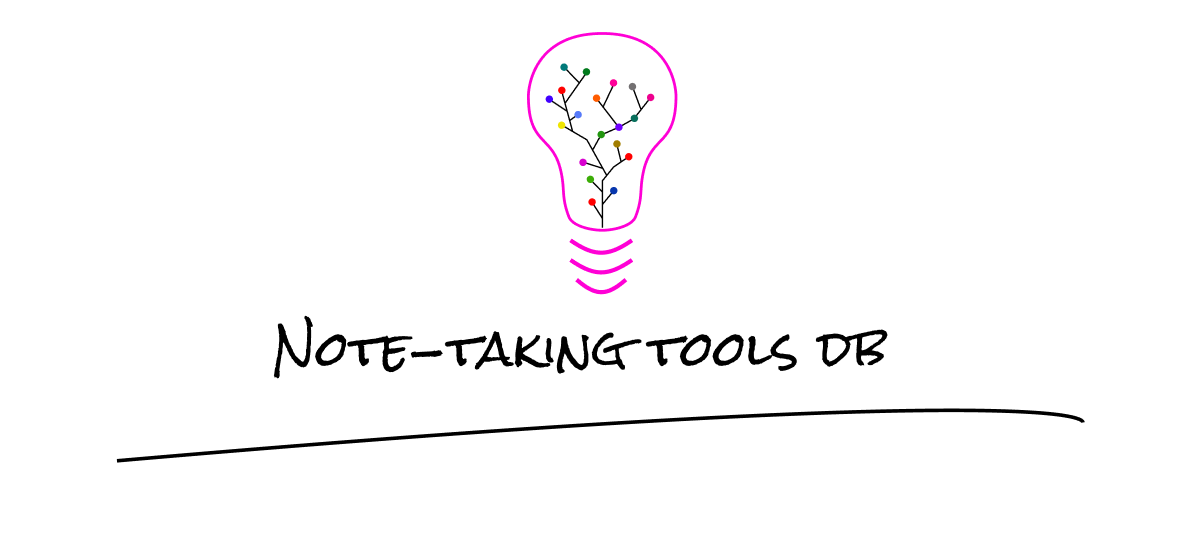
What are the Benefits of the PARA Method
The PARA method is interesting to use because it provides a very simple skeleton to organize information. Using this approach makes it much easier to find your way around, independently of the tool/platform. It helps with consistency and predictability.
The PARA method helps me to make sure I respect the LIFT principle.
Its main benefits are:
- The simplicity of the system
- The flexibility of the system: it evolves with you
- The fact that the structure is as flat as possible makes it much less taxing to explore
- The fact that it makes it straightforward to locate what you need when you need it
- The fact that it also makes it straightforward to file new information
- The scalability of the system: whether you have only a few things or terabytes of information, the method continues to work
- The fact that it works across platforms and tools, leading to better data portability
- …
In conclusion, PARA is a simple technique to organize anything consistently. Use it everywhere you can to properly organize your information.
What are the Pitfalls to avoid with the PARA Method
Although PARA is a very simple organization system, you should be careful about how you use it. For instance, it may be tempting to create complex folder hierarchies under your Areas or Projects. Don’t. Your folder hierarchy should always remain as flat as possible. This applies to all the places you might want to use PARA. In general, try to limit the depth of your folder hierarchy to 3 or 4 (at most!).
Complex systems have to be grown, not made
Start small, and only add complexity when you really need to.
As I’ve mentioned earlier, do create multiple archives, depending on your needs, in order to keep those manageable.
Beneath the Areas and Projects, make sure to use proper folder and file naming conventions to avoid creating a mess for yourself. If your system is mature enough, you can also consider using the Johnny Decimal System along with the PARA method.
Make sure to use unique names for your areas and projects across all your data stores. Otherwise, it will be harder for you to locate what you need, and harder to file information efficiently.
Conclusion
In this article, I've introduced the PARA method, a simple system to organize digital information. Now that you know about it, you can start using it everywhere!
That's it for today! ✨
References
- https://fortelabs.co/blog/para
- https://www.amazon.com/THE-PARA-METHOD/dp/1800819544/ref=tmm_pap_swatch_0?_encoding=UTF8&qid=&tag=dsebastien00-20

About Sébastien
I am Sébastien Dubois. You can follow me on X 🐦 and on BlueSky 🦋.
I am an author, founder, and coach. I write books and articles about Knowledge Work, Personal Knowledge Management, Note-taking, Lifelong Learning, Personal Organization, and Zen Productivity. I also craft lovely digital products . You can learn more about my projects here.
If you want to follow my work, then become a member.
Ready to get to the next level?
To embark on your Knowledge Management journey, consider investing in resources that will equip you with the tools and strategies you need. Check out the Obsidian Starter Kit and the accompanying video course. It will give you a rock-solid starting point for your note-taking and Knowledge Management efforts.
If you want to take a more holistic approach, then the Knowledge Worker Kit is for you. It covers PKM, but expands into productivity, personal organization, project/task management, and more:
If you are in a hurry, then do not hesitate to book a coaching session with me:




